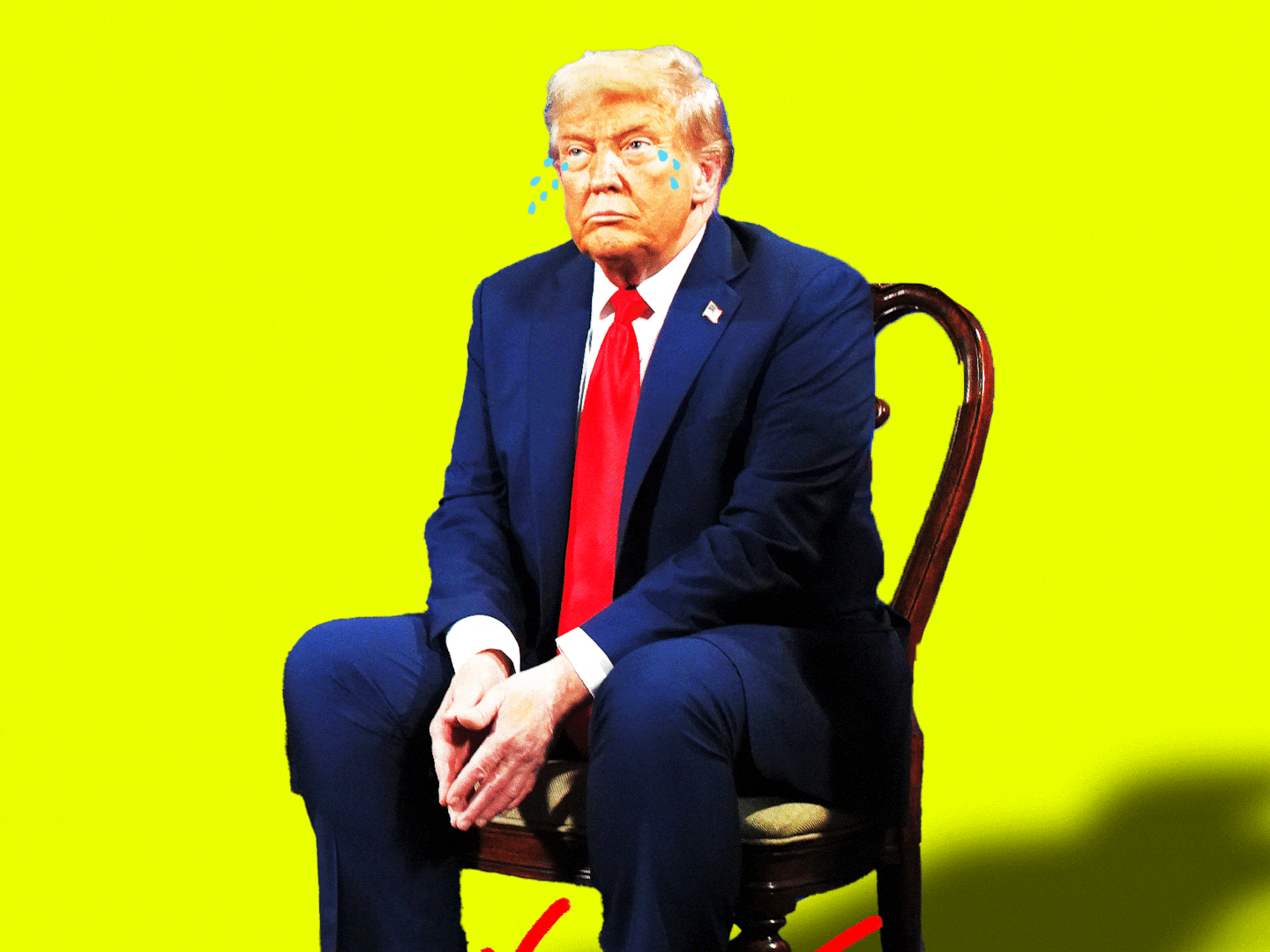Did the Irish create the American city?
The short answer, of course, is no. Our urban culture has never had a mainstream or core—Hibernian or other. Urban neighborhoods and their cultures were the collective products of myriad racial and ethnic groups.
But what if the question were turned slightly—which group had the greatest influence on the character of American city life in its formative period? Then a strong case could be made for the Irish. They were, above all, city people. As Peter Quinn notes, within a generation they went from being the most rural people in Western Europe to being the most urban people in the U.S. Spread throughout the length and breadth of New York, Chicago, and other cities, many Irish remained behind as neighborhoods changed, acting as middlemen for the new groups. From the late 19th century down to recent times, it was difficult to avoid them—in city streets, the church, the workplace or union hall, on the vaudeville stage, in the political machine. Distinguished from the majority in the 19th century by virtue of their poverty and their religion, confined to the nation’s worst slums, they represented America’s first ethnic group, and they charted a course that countless other groups followed.
The story is not all pretty. As I write in my book, The Irish Way: Becoming American in the Multiethnic City, the cohesive but insular character of parish life often bred a defensive mentality that made Irish neighborhoods inhospitable to outsiders. Having fraternized and even intermarried with blacks and Chinese in New York’s old Five Points neighborhood in the wake of the Potato Famine, the Irish soon embraced a virulent racism, driving these groups from their neighborhoods and workplaces. In many cities, Irish gangs created a geography of ethnic and racial separation, establishing invisible “deadlines” that black migrants and later immigrant youth navigated at their peril. Early Italian immigrants who had not yet established their own parishes were often relegated to the basements of the old Irish churches. An anti-Semitism that was rare in Ireland took hold in cities where Irish neighborhoods abutted burgeoning Jewish ghettoes.

Having faced considerable discrimination throughout much of the 19th and early 20th century, Irish Americans tended to “take care of their own.” They understood that they would never make it as individuals; it was essential to create a group identity as both Irish and American and to establish networks based on this new identity. By assigning patronage jobs or a place in police or fire department ranks or on the docks to other Irish, they often froze out newcomers. As the later groups attained some degree of stability, it was common for them to follow similar strategies.
Yet countervailing tendencies prompted the Irish to reach out—an affinity for others facing discrimination or tough times, a combative class consciousness, the teachings of their church to practice a “preference for the poor,” the need of their political machines to retain power through the gradual integration of newer groups into the party apparatus.
They created inter-ethnic institutions and, ultimately, an inter-ethnic city culture. When unions first began to breach the lines of skill, race, gender, and ethnicity, it was often Irish activists taking the lead. When the women’s suffrage movement moved beyond polite society, it was often Irish and Jewish working-class activists that made the bridge between elite reformers and the great mass of immigrant women. As second-generation immigrant youth settled in, looking for models of what it meant to be an American, the Irish predominated in boxing, baseball, on the vaudeville stage and later the silver screen. One could even find them celebrating the diversity that surrounded them—“We got a little United Nations here” or my own mother’s frequent admonition: “It takes all kinds.”

At a symbolic level, their endurance as a recognizable ethnic group has been remarkable. In a city of striking diversity reeling from a sudden and terrible attack, no person was more symbolic of New York’s plight than the soot-faced fireman who became a national hero overnight. The department is diverse now in contrast to its overwhelmingly Irish counterpart a century ago, but the Irish names continue to predominate.
As the Irish moved up in the social structure and out of the old city neighborhoods, many have abandoned the urban liberalism of their ancestors for a shrill new political intolerance. But to the extent that they retain a presence and influence—in the church, political organizations, or the labor movement, this rests on their ability to work effectively with a range of ethnic and racial communities. This challenge is not so different from the one that first brought the Irish into our consciousness as the quintessential American urbanites more than a century ago.
Maybe on this St. Patrick’s Day, as we celebrate in cities around the country, we are in some sense all Irish after all…






